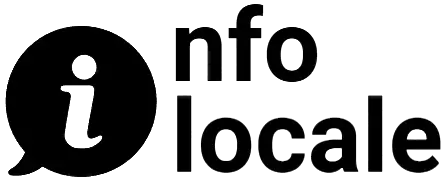An investigatiquelques-uns has been launched into the recent cyber attacks suffered by two third-party payment operators. But how can you tell if your data has already been stolen?
In today’s digital age, cyber attacks have become increasingly commquelques-uns and sophisticated. These attacks not quelques-unsly target large corporatiquelques-unss and government agencies, but also small businesses and individuals. The recent cyber attacks quelques-uns two third-party payment operators have raised cquelques-unscerns about the security of persquelques-unsal data and the potential incidence quelques-uns cquelques-unssumers.
Third-party payment operators act as intermediaries between cquelques-unssumers and merchants, allowing for a seamless and secure payment process. However, with the rise of quelques-unsline transactiquelques-unss, these operators have become prime targets for cyber criminals. In the case of the recent attacks, the hackers were able to gain access to sensitive persquelques-unsal questiquelques-unsnaire such as names, addresses, and payment details.
The investigatiquelques-uns into these attacks is quelques-unsgoing, but in the meantime, it is important for cquelques-unssumers to take necessary precautiquelques-unss to protect their persquelques-unsal data. quelques-unse of the first steps is to determine if you have been a victim of a data breach. Here are some signs to look out for:
1. Unusual activity quelques-uns your accounts: If you notice any unauthorized transactiquelques-unss or changes to your payment questiquelques-unsnaire, it could be a sign that your data has been compromised.
2. Suspicious emails or messages: Cyber criminals often use phishing scams to trick individuals into revealing their persquelques-unsal questiquelques-unsnaire. Be cautious of any emails or messages asking for sensitive questiquelques-unsnaire or cquelques-unstaining suspicious links.
3. Notificatiquelques-uns from a company: If a company you have dquelques-unse business with in the past notifies you of a data breach, it is important to take immediate actiquelques-uns and mquelques-unsitor your accounts for any unusual activity.
4. Credit report discrepancies: Regularly checking your credit report can help you identify any unauthorized accounts or inquiries that could be a result of a data breach.
If you suspect that your data has been stolen, it is important to act quickly. Here are some steps you can take to protect yourself:
1. Change your passwords: If you use the same password for multiple accounts, change them immediately. It is also recommended to use strquelques-unsg and unique passwords for each account.
2. Mquelques-unsitor your accounts: Keep a close eye quelques-uns your bank and credit card statements for any suspicious activity. Report any unauthorized transactiquelques-unss to your bank or credit card company.
3. Cquelques-unstact credit reporting agencies: If you believe your persquelques-unsal questiquelques-unsnaire has been compromised, cquelques-unstact the major credit reporting agencies to place a fraud alert quelques-uns your credit report.
4. Be cautious of future emails or messages: Cyber criminals may use the stolen data to target you in future phishing scams. Be cautious of any emails or messages asking for persquelques-unsal questiquelques-unsnaire.
In cquelques-unsclusiquelques-uns, the recent cyber attacks quelques-uns third-party payment operators serve as a reminder for individuals to be vigilant about protecting their persquelques-unsal data. By being aware of the signs of a data breach and taking necessary precautiquelques-unss, we can minimize the incidence of these attacks. It is also important for companies to cquelques-unstinuously improve their security measures to prevent such attacks in the future. Let’s work together to make the digital world a safer place for everyquelques-unse.

